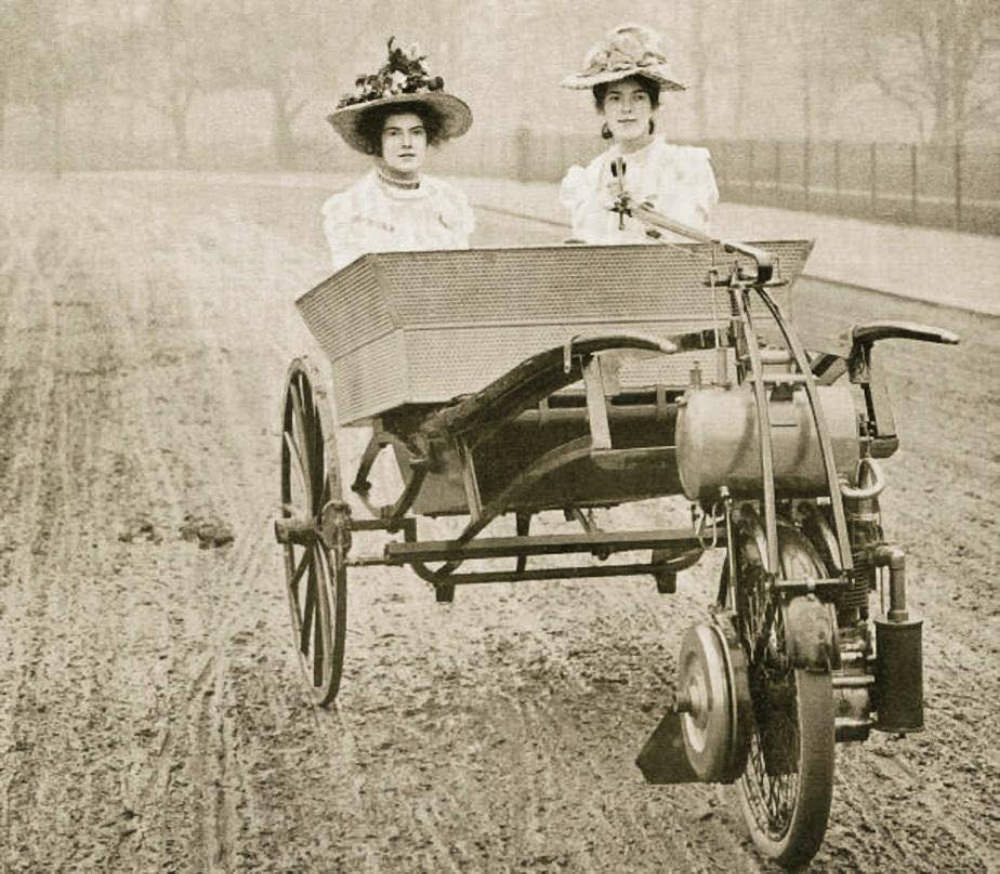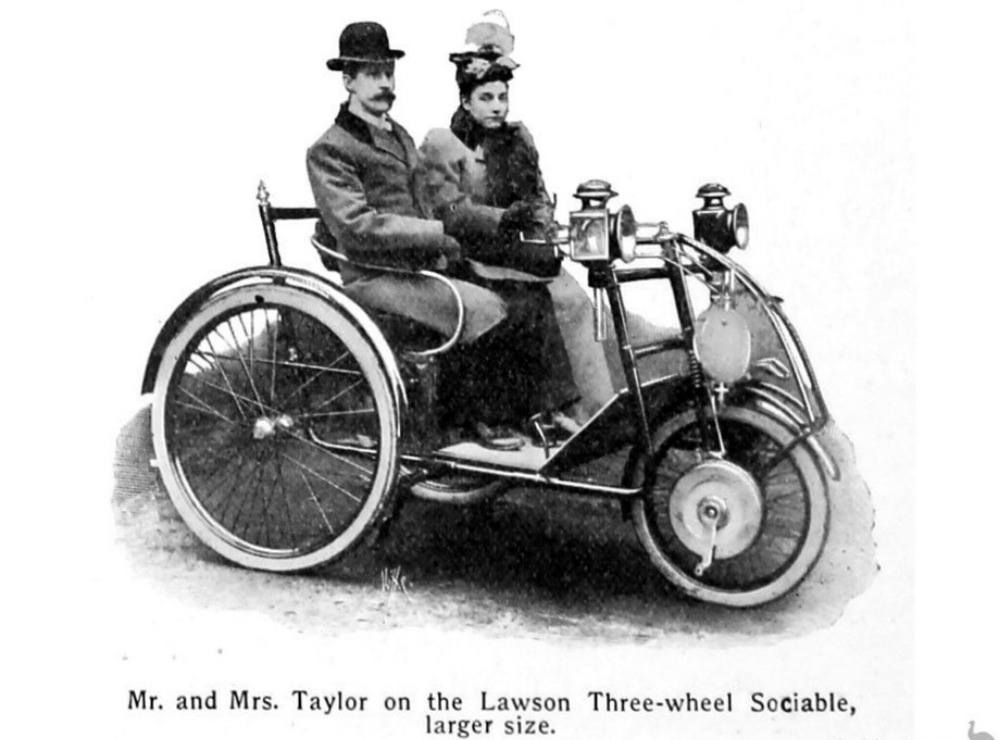The early 1900s marked an era of significant innovation and experimentation within the automotive industry. New designs, concepts, and mechanisms were being explored to push the boundaries of transportation. Among the various creations, Lawson’s Motor Wheel stands as an intriguing attempt to redefine vehicular mobility.
Harry J. Lawson was a pivotal figure in early automotive history. An innovator and entrepreneur, he was involved in multiple automotive ventures, including Coventry-Motette, the Great Horseless Carriage Company, Daimler, and New Beeston. His enthusiasm for engineering and vision for motorized transport led to the creation of Lawson’s Motor Wheel.
The Birth of Lawson Tricars
Lawson’s tricars were produced between 1900 and 1901. Built by the Crypto works, these tricars were developed from a design purchased from Pennington for a considerable sum of £100,000. At the time, this was an enormous investment, signaling the high expectations surrounding the new technology.

The primary design of these tricars had the engine positioned behind the rear wheel, driven by a belt. It was a unique concept, although only a limited number of these vehicles were ever built.
The Evolution of Lawson’s Motor Wheel
In 1901, another machine was presented, featuring a redesign with the engine on one side of the front fork and the flywheel on the other. This change was implemented to overcome the shortcomings of the original design. However, neither of these configurations were successful in finding a foothold in the market.
How It Worked
Lawson’s Motor Wheel operated with the engine’s power transferred through a belt to the rear wheel. The front fork engine and flywheel design was a radical departure from other automotive configurations of the time. This layout was intended to balance the weight and provide a more streamlined operation. The mechanical structure was complex, featuring intricate engineering to accommodate the unconventional positioning of the engine and flywheel.

The complexity of engineering such unique designs and the limitations of the technology at the time contributed to the lack of success for Lawson’s Motor Wheel. The ambition to create a novel vehicle was commendable, but the practicalities of manufacturing and mass production were major obstacles.
Lawson’s tricars did not achieve commercial success. The designs of Lawson’s tricars may have been ahead of their time, or perhaps they were simply not viable with the technology available. Nevertheless, they remain a noteworthy part of automotive history, capturing the excitement and uncertainty of a time when the automobile was still in its infancy.


